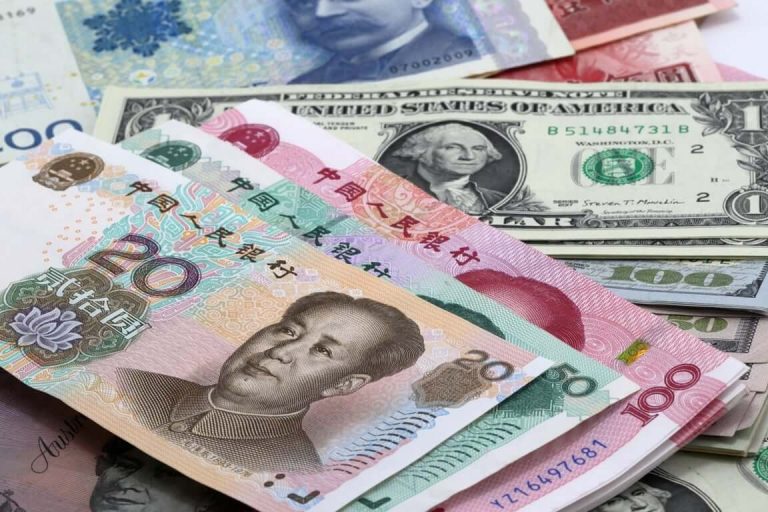China’s Yuan Eases Amidst Global Financial Dynamics
China’s yuan has been at the forefront of international financial discussions, especially concerning its exchange rate against major currencies. In the current landscape, China’s yuan has been experiencing some interesting developments as it navigates the complexities of global financial markets. While facing challenges, the People’s Bank of China (PBOC) has maintained a steady hand to keep the currency stable. We’ll delve into the recent dynamics of the yuan, its relationship with the US dollar, and how it’s affected by various factors.
The Yuan’s Dance with the Dollar
China’s yuan recently experienced a gentle easing against a strengthening US dollar, reflecting the broader economic context. The dollar’s strength was evident as the dollar index, measuring its value against a basket of major currencies, reached a one-week high. This occurred as US Treasury yields continued to rise, influencing global currency markets.
However, amidst this backdrop, the PBOC employed a strategic move by setting the midpoint rate, which essentially acts as the reference point for the yuan’s trading range, at 7.1784 per dollar. This stability was seen as a proactive measure by the Chinese authorities to curb a rapid depreciation of the yuan, a strategy they’ve consistently maintained over the past few months.
Impact on International Trade
The PBOC’s firm stance at the midpoint rate had a notable effect on the yuan’s value against a basket of international currencies. Unlike some other currencies, the yuan didn’t lose as much ground against the US dollar. This move served to stabilise the currency and foster confidence in international trade.
The trade-weighted CFETS yuan basket index, gauging the yuan’s value against a basket of currencies, achieved a weekly peak at 99.56. Additionally, it has shown a year-to-date rise of 0.9%. In contrast, the spot yuan experienced a 5.7% depreciation against the US dollar during the same period.
Onshore Yuan’s Resilience
In the onshore spot market, the yuan opened at 7.3148 per dollar and was trading at 7.3183 by midday, marking a slight weakening compared to the previous late session close. Market experts attribute this movement to rising Treasury yields and the dollar’s performance in global markets. However, the onshore yuan remained around 40 pips away from the lower end of the daily trading band, discouraging traders from pushing it further down.
However, improved market sentiment toward the RMB is evident in the options market, as risk reversals have become less pessimistic concerning the RMB’s performance over the medium term.
China’s Economic Support Measures
While global financial dynamics play a significant role in shaping the yuan’s performance, China has been proactive in bolstering its economy. The highest legislative body in China has recently granted approval for a sovereign bond issuance of 1 trillion yuan. In addition, they’ve also endorsed a bill that allows local governments to advance a portion of their 2024 bond quotas. These measures aim to provide support to the Chinese economy amidst ongoing challenges.
China’s yuan has been navigating the turbulent waters of global finance with resilience and strategic manoeuvring. Despite the dollar’s strength and fluctuating international dynamics, the PBOC’s commitment to maintaining stability has shown positive results. The yuan’s performance in international trade, onshore resilience, and China’s own economic support measures all contribute to its fascinating journey in the world of finance. The yuan remains a currency of intrigue and strategic significance in the international financial landscape.
The post China’s Yuan Eases Amidst Global Financial Dynamics appeared first on FinanceBrokerage.

